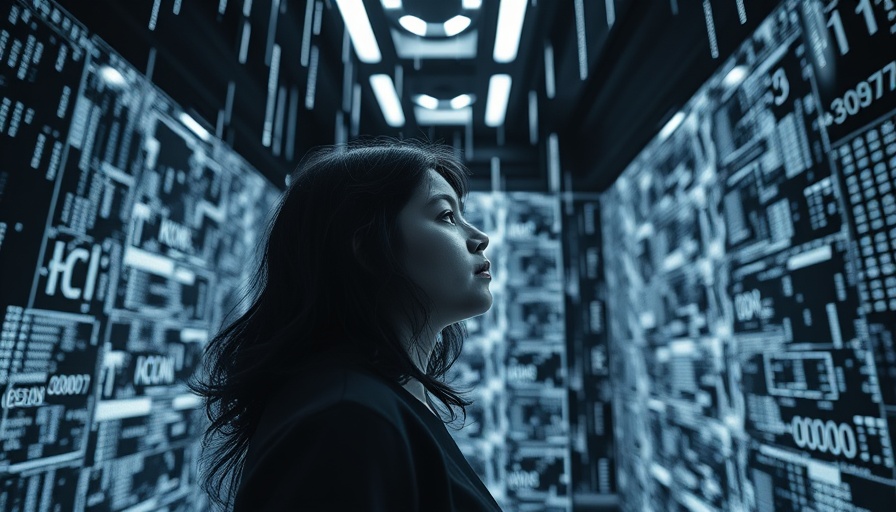
Understanding the New Era of Vibe Coding
Artificial intelligence is fundamentally redefining how software is designed and constructed. Transitioning from traditional coding methods, where developers meticulously input each line of code, to utilizing AI tools for automation marks a significant shift in the technological landscape. One of the latest advancements in this progressive realm is 'Vibe Coding,' a term pioneered by renowned AI expert Andrej Karpathy. But what does this mean for the future of coding and software development?
The Influence of AI on Software Development
A conscious outline of how AI has transformed coding reveals a fascinating trajectory. In the early days of AI, code generation involved manually linking prewritten modules for specific applications. However, with innovations such as ChatGPT and other AI copilots, we can now prompt these intelligent systems with simple requests, and they can generate entire blocks of working code along with explanations. This advancement has also led to trending coding styles like 'prompt-driven programming,' which empowers users to interact with code more intuitively.
As AI continues to evolve, each iteration becomes a more potent engine, capable of solving complex problems through a process of rapid learning and adaptation. Thus, it's vital for developers and students alike to acknowledge this change and adapt their coding styles to remain relevant in the industry.
What Exactly Is Vibe Coding?
Vibe Coding represents a paradigm shift in how we perceive software creation. Unlike traditional coding—where every line must be explicitly defined—Vibe Coding emphasizes the 'vibe' or overall essence of the software product. Think of it as setting a conceptual direction through natural language instead of syntax-heavy code.
This method encourages collaboration between human designers and AI, allowing machines to handle the granular details while humans oversee conceptual guidance. Users interact with the AI to refine the software, assess its behavior through testing rather than scrutinizing each line of code. This not only streamlines the development process but also broadens access to coding for individuals without formal programming training.
The Potential Impact on Software Design and Development
This innovative approach opens up myriad possibilities for software design. By shifting focus from the intricate components of code to understanding the desired outcome and functionality, more individuals can contribute to software projects. As a result, we may see an influx of new ideas and creative solutions in the tech space.
This type of collaborative interaction implies that domain experts from various fields can explore their visions without extensive technical barriers. Consequently, we might witness a surge in applications designed for specialized needs, enhancing accessibility and innovation within the tech sector.
Embracing a New Way of Coding
For the tech-savvy, embracing Vibe Coding and its principles is essential to staying at the forefront of software development. This involves adopting a mindset that values the software's impact and usability over the technical intricacies of how it was created. Organizations should consider training programs aimed at enhancing AI literacy, empowering teams to leverage Vibe Coding to its fullest potential.
Furthermore, as industries increasingly integrate AI into their infrastructures, understanding this new approach will be crucial to avoid falling behind. Developers, analysts, and decision-makers alike will benefit from developing a vision around the software's purpose rather than fixating solely on coding language.
Looking to the Future: Predictions and Opportunities
As Vibe Coding takes hold, we can predict a dynamic future where software development is more collaborative and less exclusive. The emergence of AI-driven environments is likely to encourage a blend of creativity, technology, and interdisciplinary collaboration, ushering in advancements that were previously unimaginable.
Moreover, as user focus shifts from coding complexity to software functionality, we may see a more democratized approach to technology, fostering innovation and enhancing global communication through shared platforms and tools.
Call to Action: Step Into the Future of Coding
The future is in our hands, and understanding and adapting to innovations such as Vibe Coding is vital. Embrace this shift by exploring AI tools available today, tackling courses that introduce you to AI literacy, and actively participating in collaborative projects within your community. The possibilities are limitless—let's code the future together!
 Add Row
Add Row  Add
Add 




 Add Row
Add Row  Add
Add 

Write A Comment